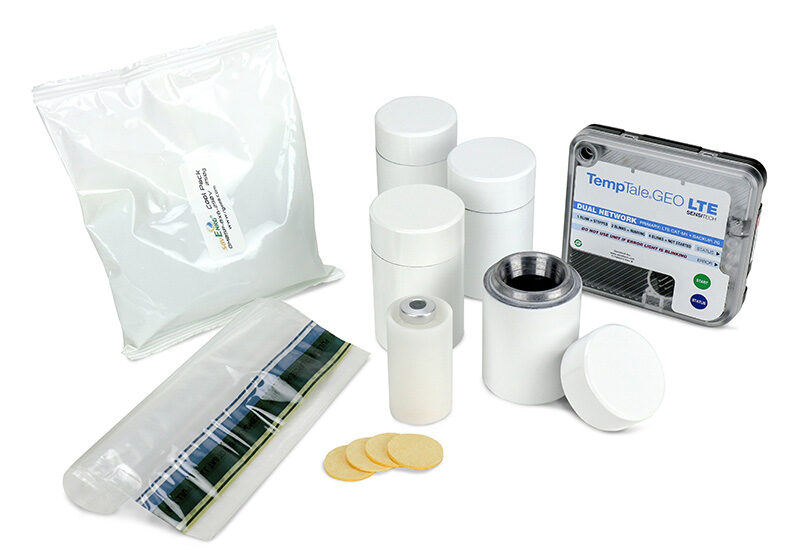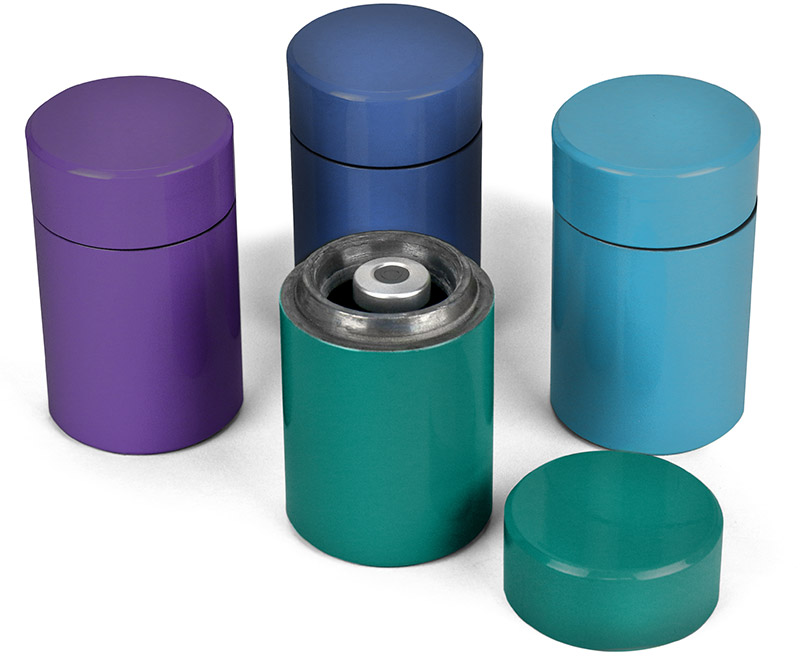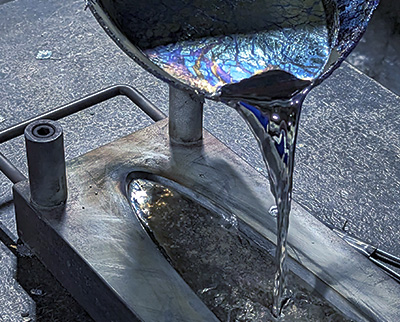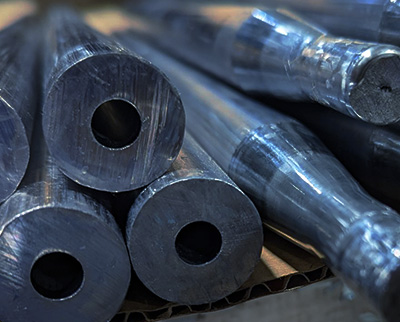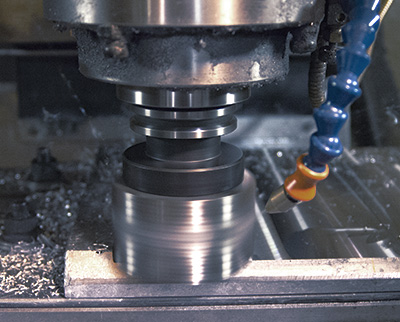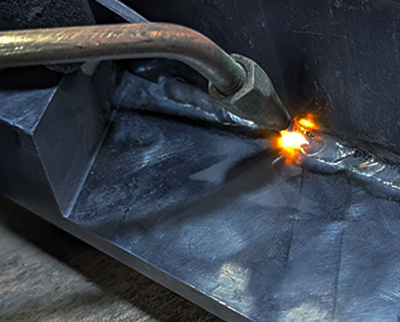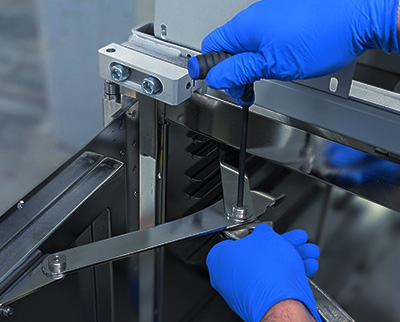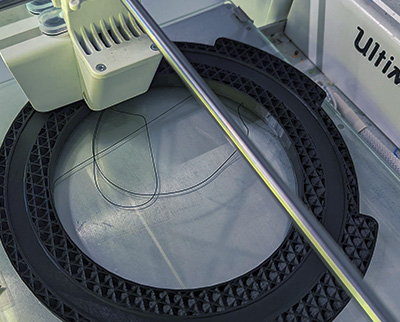NEW CUSTOMIZABLE
Radiopharmaceutical Packaging
LEADING THE WAY IN LEAD SOLUTIONS
From concept development to machining finished products entirely out of lead — we are your lead solution experts!
ABOUT VULCAN
45+ Years
Creating complex custom lead products
Since 1978, Vulcan Global Manufacturing Solutions, Inc has been protecting what matters most to you, your customers, and the planet.
- Vulcan listens to your needs without assumptions
- Our goal is to bring your vision to life and exceed your expectations
- We will accept even the toughest design challenges with our agile subject matter experts
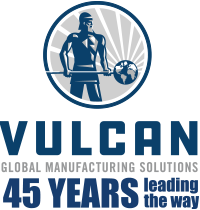

WE ARE LEADucators!
Our robust knowledge of lead and its properties allows for greater optimization of your custom solutions, operations, and competitive advantage.
CONCEPT DEVELOPMENT
New solutions and approaches designed to meet your needs and surpass expectations.
PIONEERING SPIRIT
Innovative solutions and an entrepreneurial attitude make us the go-to partner in lead and shielding.
CUSTOMER EXPERIENCE
Keeping you and your customers satisfied for years to come.
LEADING THE WAY IN LEAD
From making lead-lined parts to products entirely out of lead — we do it all!
INDUSTRY EXPERTISE
Medical Diagnostics & Therapy
Industrial
Aerospace
Security
NDT & Nuclear


